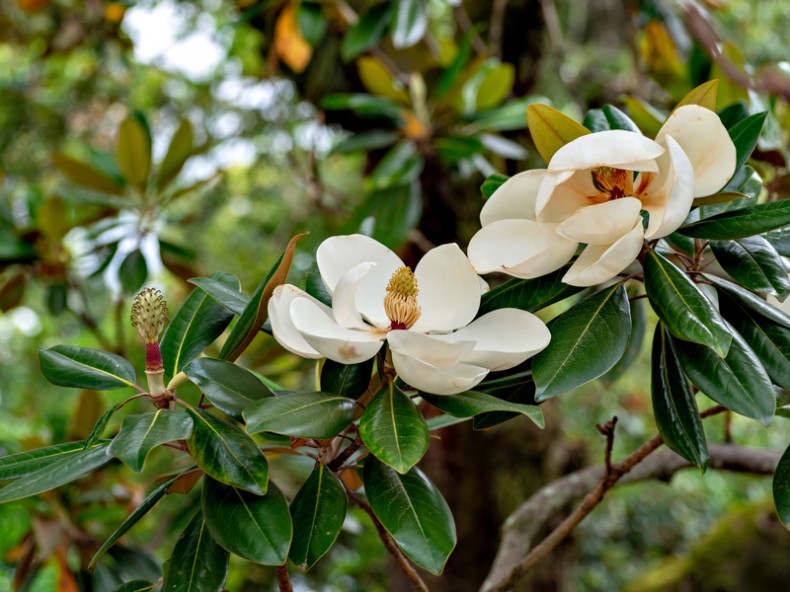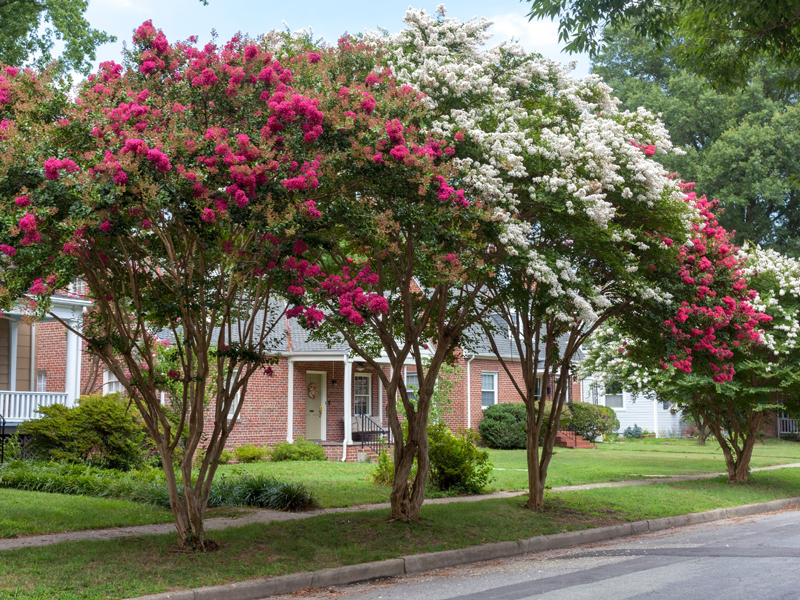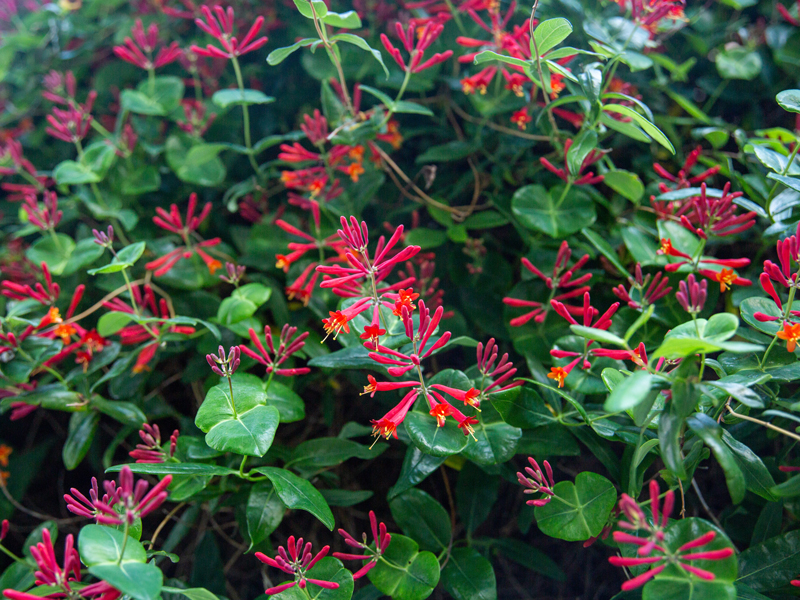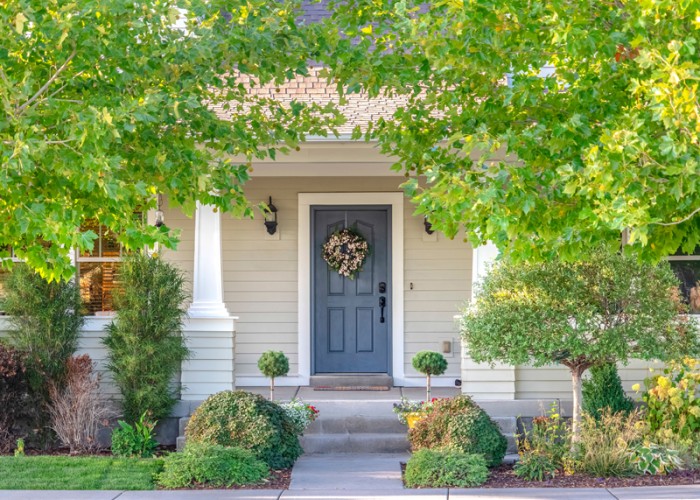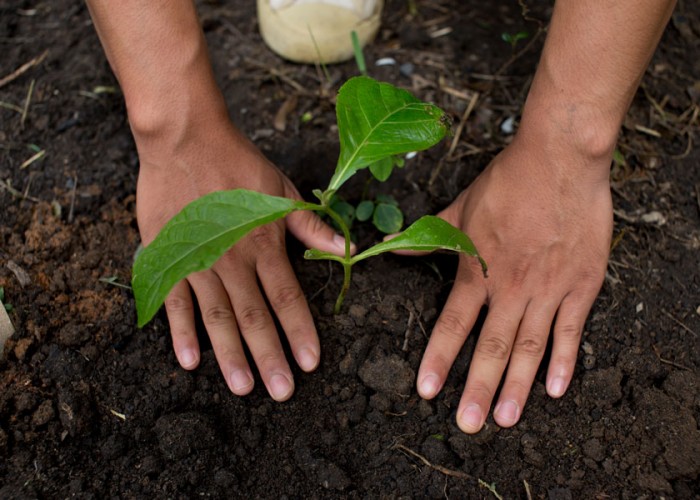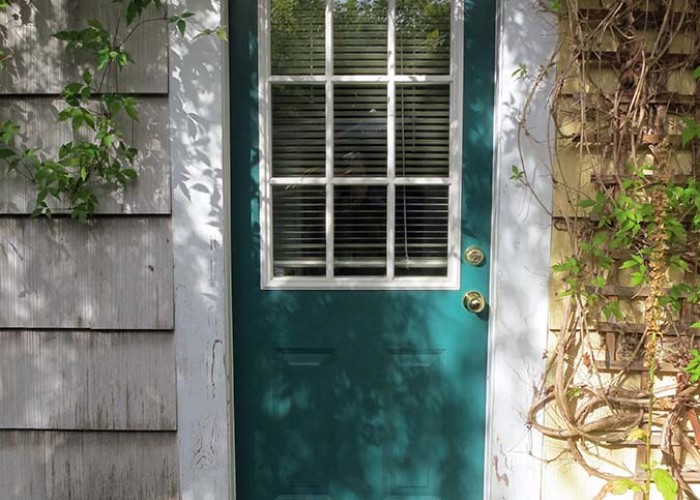Saving Energy With Plants
The right plants in the right spots can boost efficiency year-round
By L.A. Jackson | Photos by L.A. JacksonThe classic Southern magnolia can be an energy-saving windbreak for the home.
Springtime is when gardeners blithely go about starting their season, choosing plants for ornamental and edible purposes. But some sharp backyard growers also keep a third category in the back of their minds: energy-savings.
Yes, plants can help cut down on the cost of heating and cooling your home. The key is the right plants in the right places to reduce the chilling effects of winter and moderate the scorch of the summer sun.
Windbreaks for winter
In the winter, cold winds can be responsible for up to one-third of the heat lost in a home, so deflecting such br-br-br-breezes with plants is one way to save on energy bills. Since the worst winter winds generally come from the north and northwest in North Carolina, situating evergreen windbreaks on these sides of your home can help deflect such gusts, and thus reduce the heat drain associated with the Arctic Express.
Large evergreens such as Southern magnolia, Virginia pine, American arborvitae or Eastern red cedar (actually a juniper) will work well in mass plantings to deflect northerly winds. However, don’t start spending any heating cost savings just yet. Since most of these trees are usually bought at nurseries as 5- or 6-footers, it will be years before any of them reach substantial enough size to form a fully effective breeze barrier.
A faster approach is to concentrate windbreak plantings of smaller evergreens such as aucuba, Japanese holly or camellia closer to the house. Medium-height native hollies, with inkberry and yaupon being prime candidates, will also do the trick.
Now, when the word “windbreak” is mentioned, the lining up of one kind of tree or shrub in rows like green soldiers often comes to mind. This works visually until diseases, insects or acts of nature reduce the ranks and transform such an orderly look into the landscape equivalent of an old-school hockey player’s smile. A better approach is to mix various evergreen trees and shrubs to create a layered effect that not only looks more natural, but is easier to repair if a plant or two bites the dust.
Shading summer sun
While you want to reduce northerly winds in the winter, for natural, free warmth on the southern flanks of your home, let the sun shine, shine, shine. The obvious way to achieve maximum exposure is to have no plants at all on the south side, but this wide open approach will leave the house sizzling in summer sunshine. So, how do you spell relief? D-e-c-i-d-u-o-u-s.
Large native trees such as poplar, oak, maple, hickory or pecan that lose their leaves in the fall are good for allowing winter sun exposure while also creating summer shade, but just to be safe, these big boys should not be much closer to the house than their average mature height. This safe-spacing does leave your home exposed to the midday summer sun, of course, but concentrations of such trees to the southwest/west side of your property can still provide shade during the worst of the day’s heat, which is generally in the afternoon.
Again, big trees take a long time to mature, but there are smaller, faster alternatives, too. Medium height deciduous trees like crape myrtle, dogwood or Eastern redbud located closer to the house can help keep walls and windows cooler with summer shading. When properly placed in southwestern to western locations, such natural shading could have the same effect of increasing wall insulation by up to one-third!
An even faster way to shade southern and western walls is to grow vines on arbors, lattices or trellises a foot or two from the house. Quick-growing annual and perennial climbers such as clematis, moonvine, coral honeysuckle, Malabar spinach, crossvine, hyacinth bean or Carolina jessamine are good options to help shade walls from the scorch of the summer sun.
A south-facing cinderblock or brick house foundation can readily absorb (as well as hold) solar sizzle in the summer, so planting classic low-growing, home-hugging ornamentals like boxwood, azalea, gardenia or abelia to provide some shady relief is another energy-saving trick to consider. For accessibility as well as to prevent future problems with roots, plant at least three feet from the foundation. Also, before you plant any permanent pretties, check to make sure irrigation water will run away from the house and not towards it.
Don’t want to commit to such long-living woody ornamentals hugging your house? Since the ground close to a house is typically as hard as it is rocky, line up planter boxes or large containers (five gallons or more in size) for the summer, and grow any of the many tall-growing annual ornamental or edible delights that will suit your fancy while providing shady relief for your foundation!
About the Author
L.A. Jackson is the former editor of Carolina Gardener Magazine. If you would like to ask him a question about your garden, contact L.A. at: lajackson1@gmail.com-
Go plant a tree!
-
Share this story:

